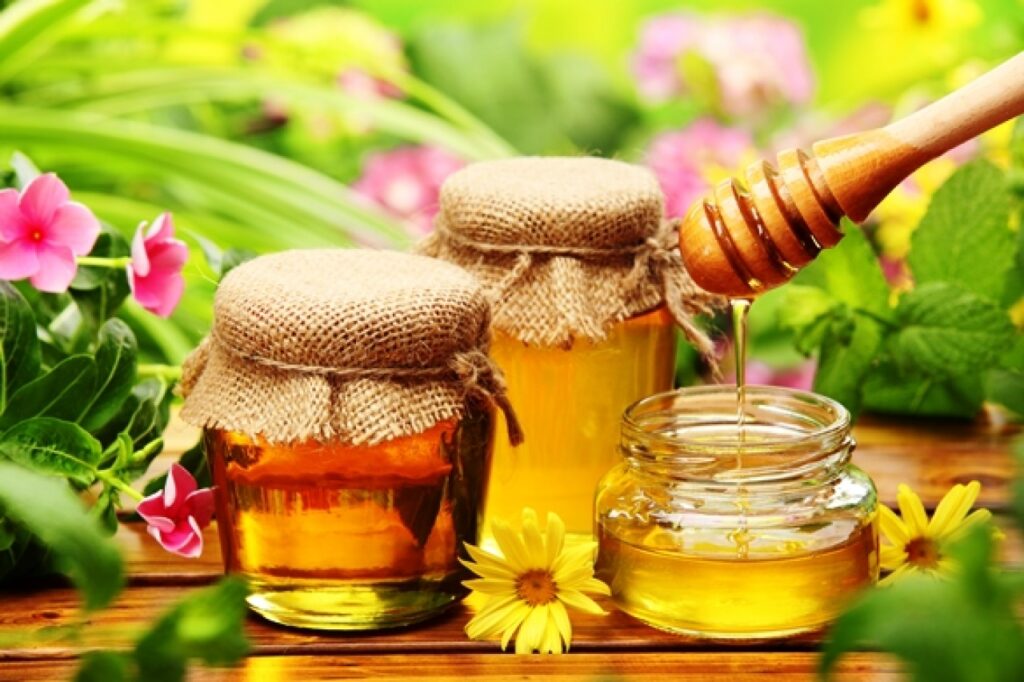Different type of Honey and honey products: Acacia, linden, mixed flower honey, varieties of honey, pine honey, canola honey and more…
Click to picture to go our other website:

Vegyes virágméz
Nyári virágméz (vegyes virágméz)
Ez a méz a nyáron nyíló réti virágok mézéből tevődik össze. Kigyószísz, mezei mályva, ökörfarkkoró, vadrózsa, erdei iszalag, japánakác, gledécsia és még számos virág nektárjából készült.
A nyári virágméz tulajdonságai:
- élénk színű,
- nagyon zamatos, aromás,
- kristályosodásra hajlamos méz.
A nyári virágméz jótékony hatásai:
- jelentős kígyósziszméz tartalma, mely gátolja az érelmeszesedést és
- visszér,
- bélfertőzés és bélhurut ellen javasolt,
- vegyes virágméz jellegének köszönhetően immunerősítő hatása jelentősebb.
Egyéb információk a virágmézről:
A virágmézek esetében a változatok száma végtelen. Színűk a sárgától az egészen sötétig terjed, állaguk lehet hígabb vagy egészen sűrű, kristályosodási hajlamuk, ízük is sokféleképpen alakulhat, attól függően, hogy az eltérő időszakokban, más-más helyeken miről gyűjtötték a méhek a nektárt.
Általánosságban elmondható, hogy a mezőkön gyűjtött mézekben a herefélék, lucerna, a vadvirágok dominálnak. Ezek a mézek enyhén aromásak. A hegyvidéki mézek íze gazdagabb, aromásabb, színűk általában sötétebb. Ezek a mézek gyakran mézharmatosak.
Mixed flower honey Summer flower honey (mixed flower honey)
This honey is made from the honey of meadow flowers that bloom in summer. It is made from the nectar of wild rose, field mallow, oxtail, wild rose, wild rose, Japanese acacia, gledecsia and many other flowers.
Properties of summer flower honey:
– bright color,
– very juicy,
– aromatic,
– honey prone to crystallization.
The beneficial effects of summer flower honey:
-significant content of snake juice, which inhibits arteriosclerosis and
-varicose veins,
-recommended against intestinal infection and enteritis,
thanks to the nature of mixed flower honey, its immune-boosting effect is more significant.
Other information about flower honey:
In the case of floral honeys, the number of variations is endless. Their color ranges from yellow to completely dark, their texture can be thinner or quite thick, their tendency to crystallize, and their taste can also change in many ways, depending on what the bees collected the nectar from in different periods and in different places.
In general, it can be said that the honey collected in the fields is dominated by testes, alfalfa, and wildflowers. These honeys are slightly aromatic. The taste of mountain honeys is richer, more aromatic, and their color is usually darker. These honeys are often honeydew.